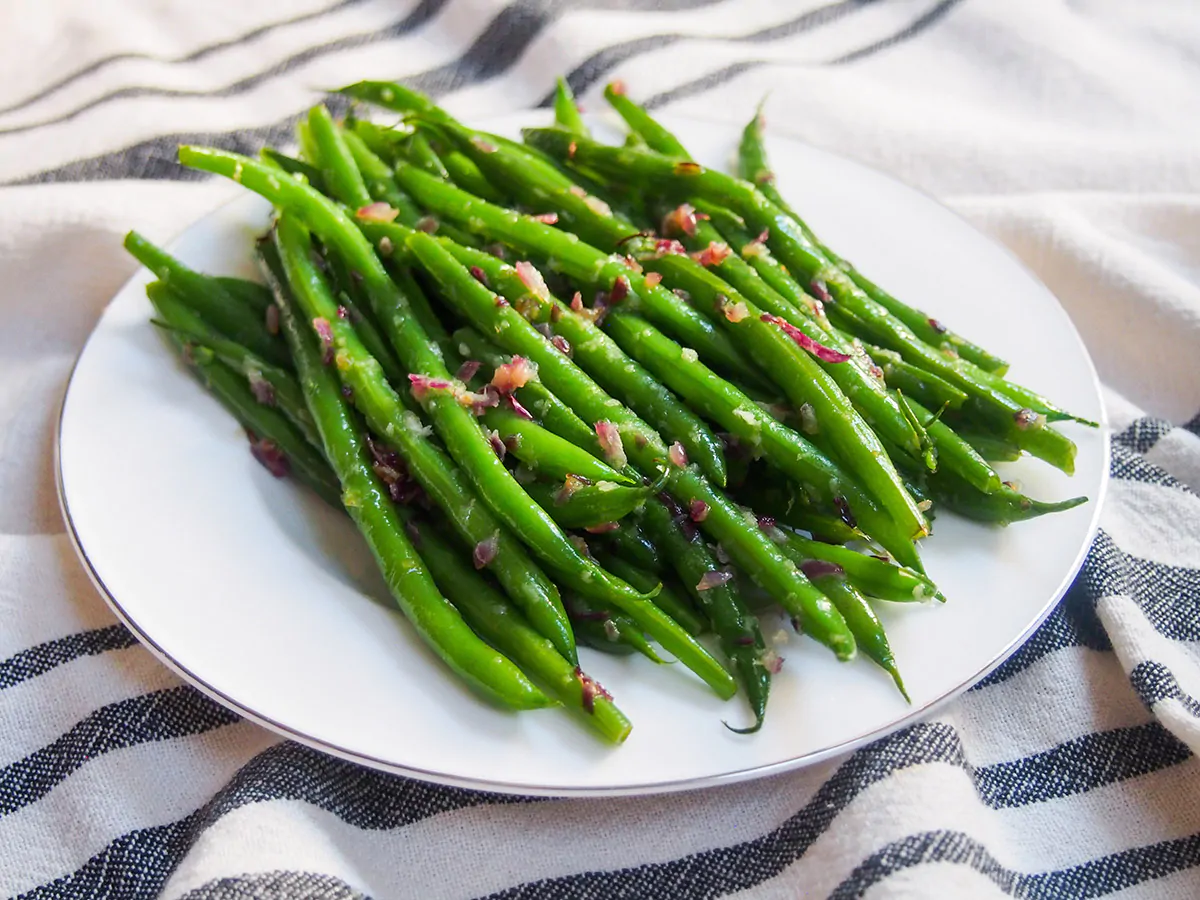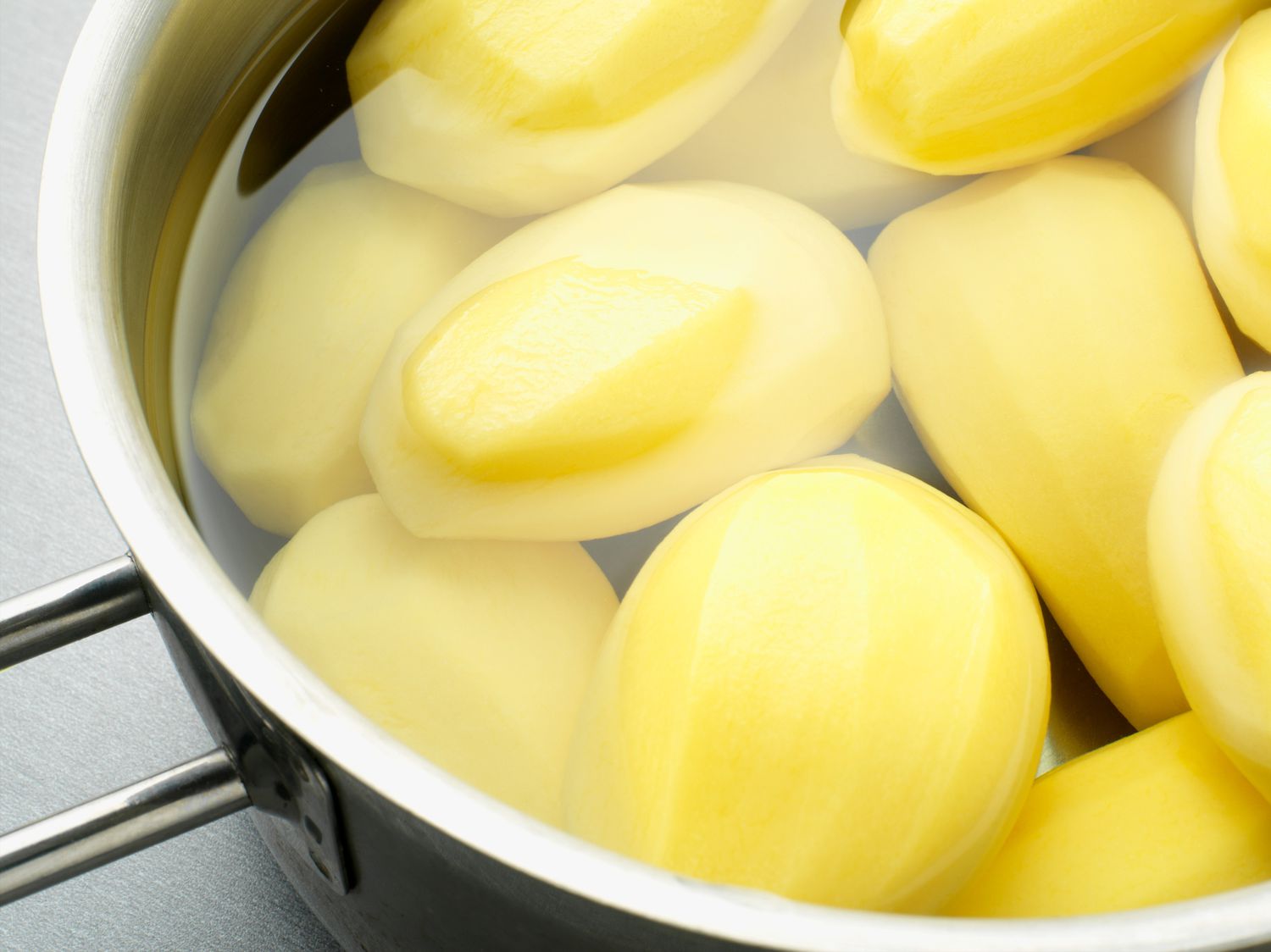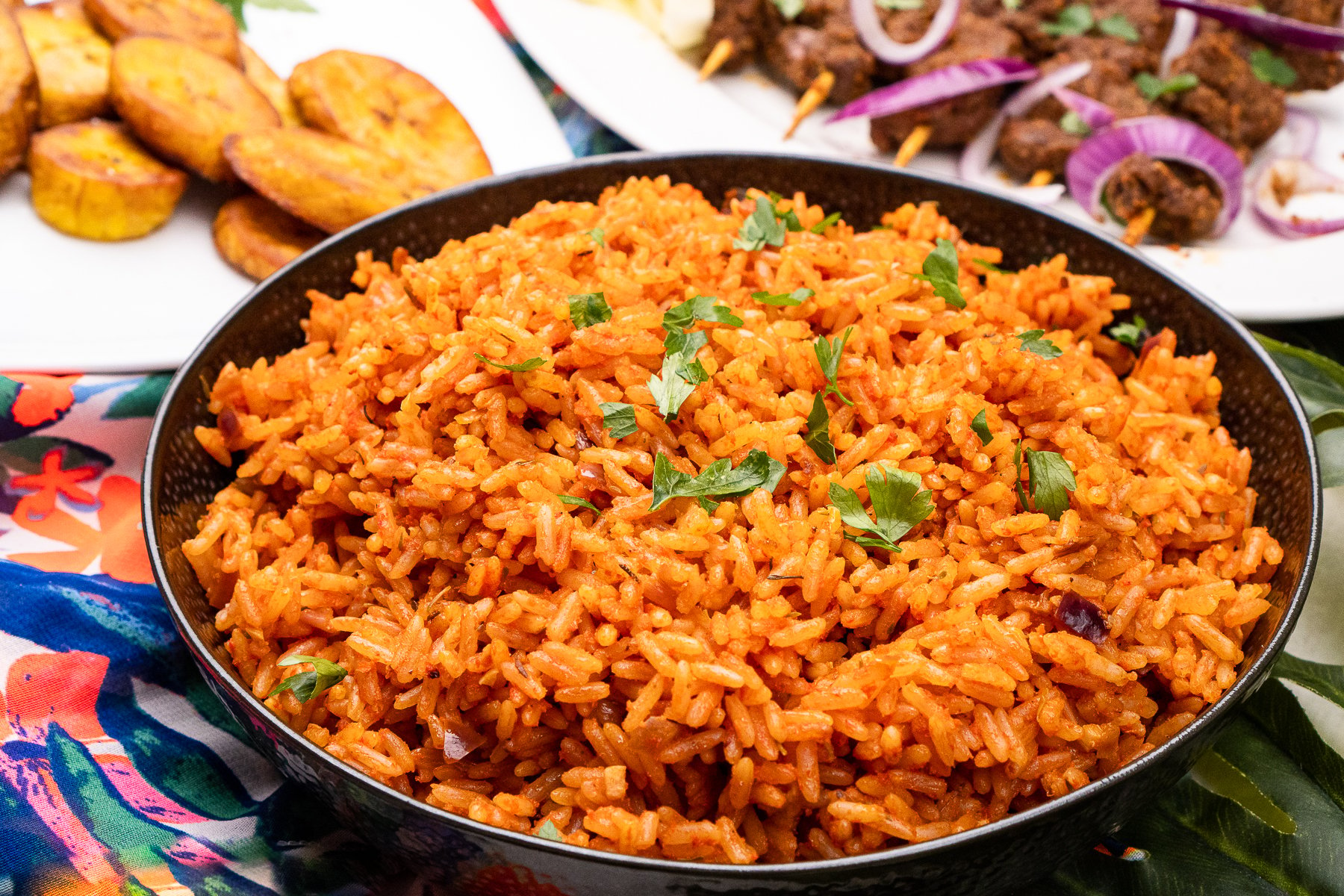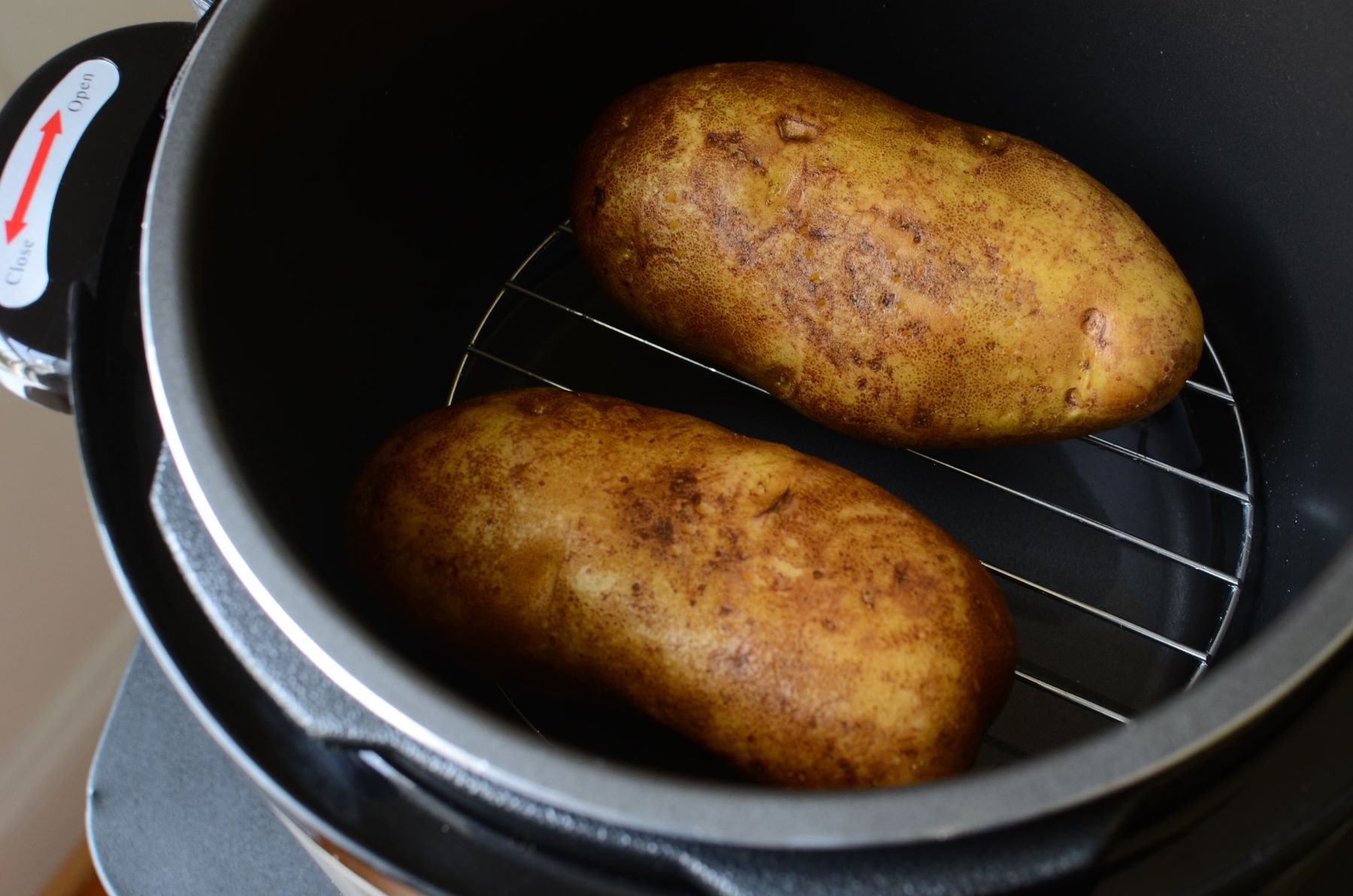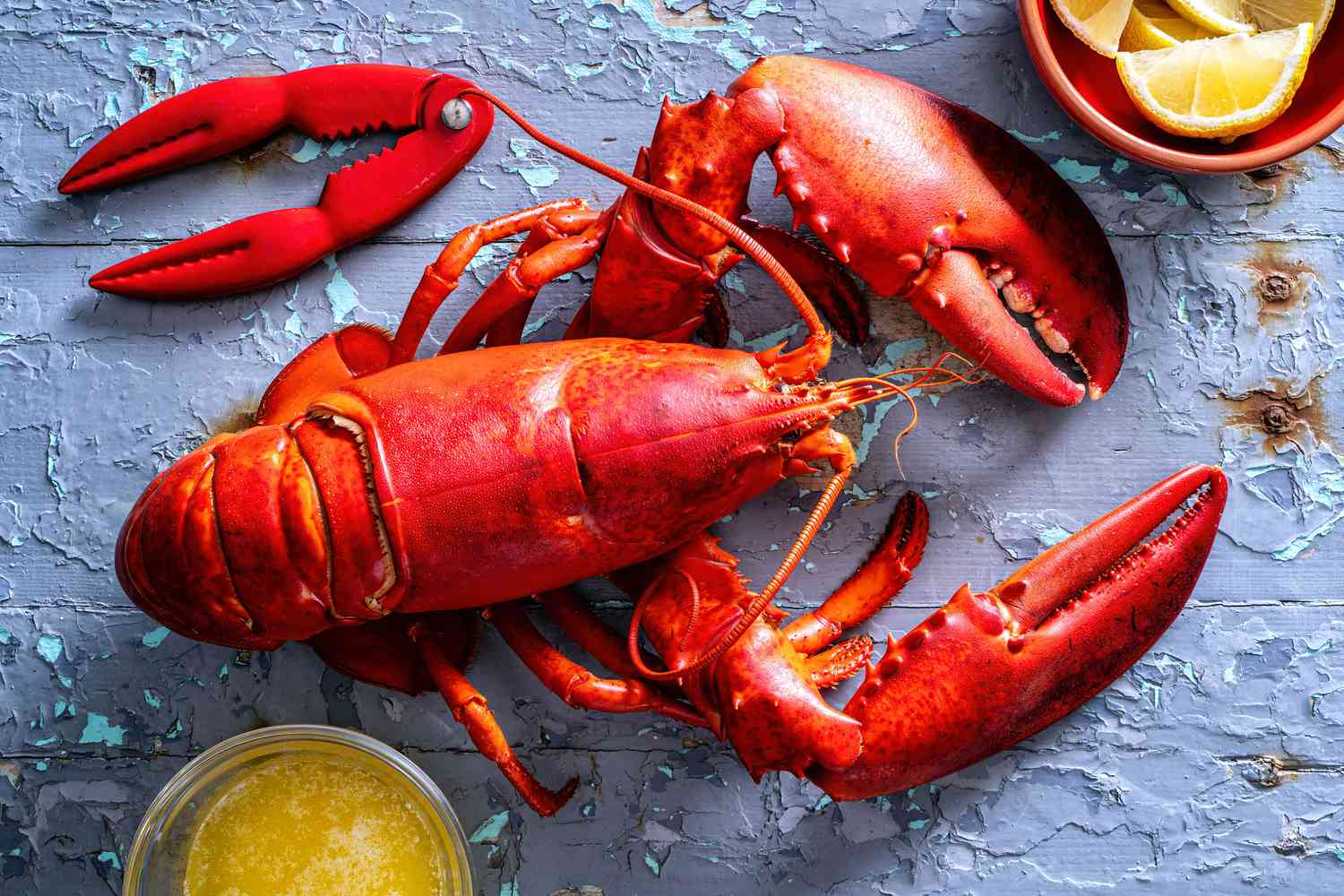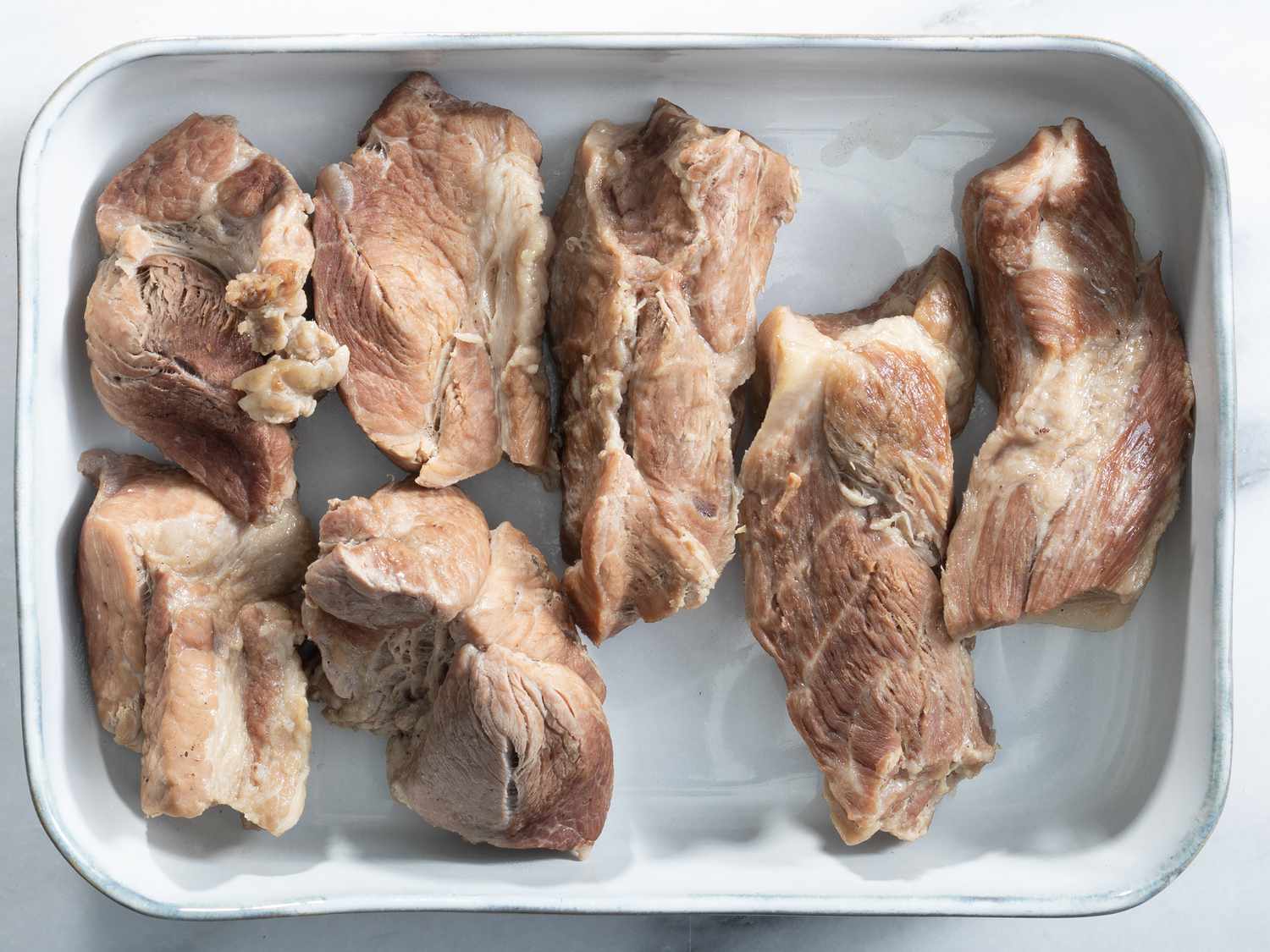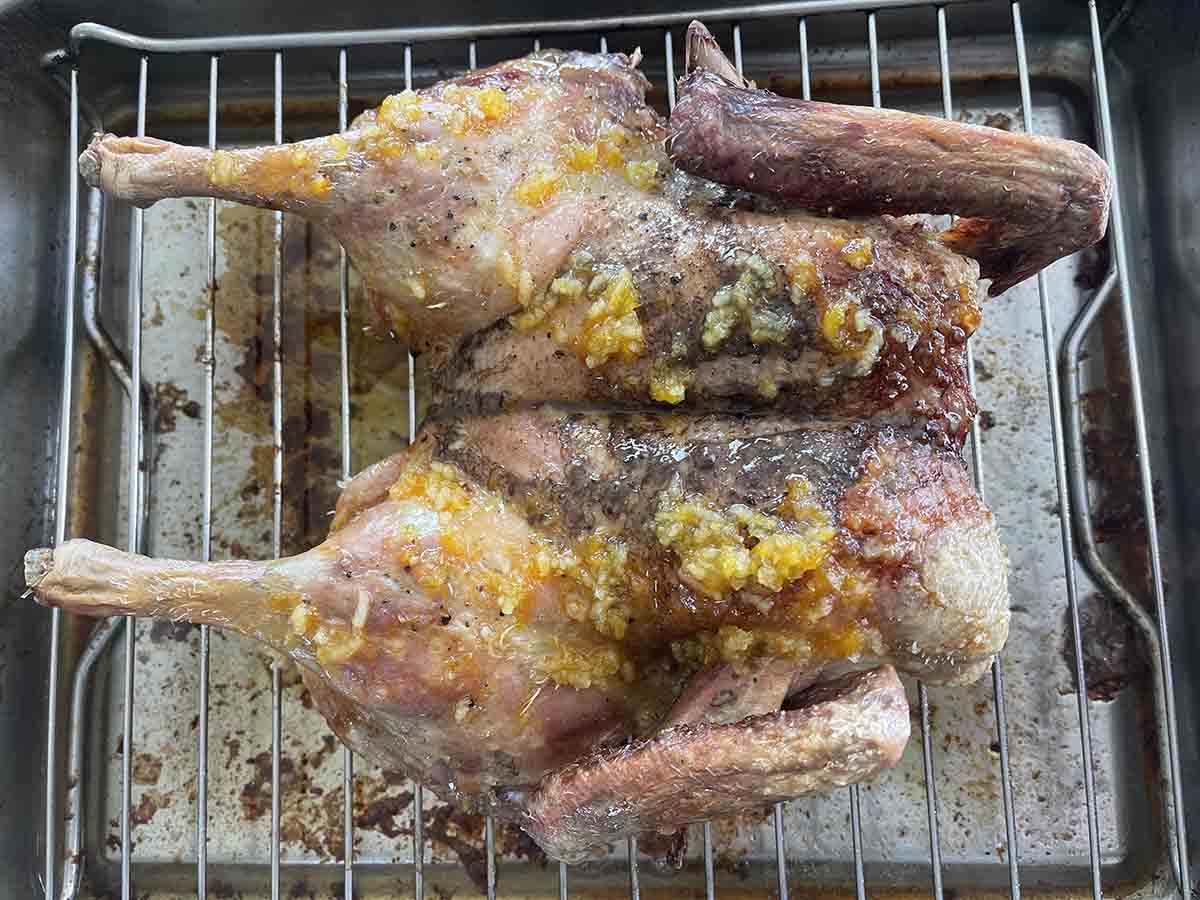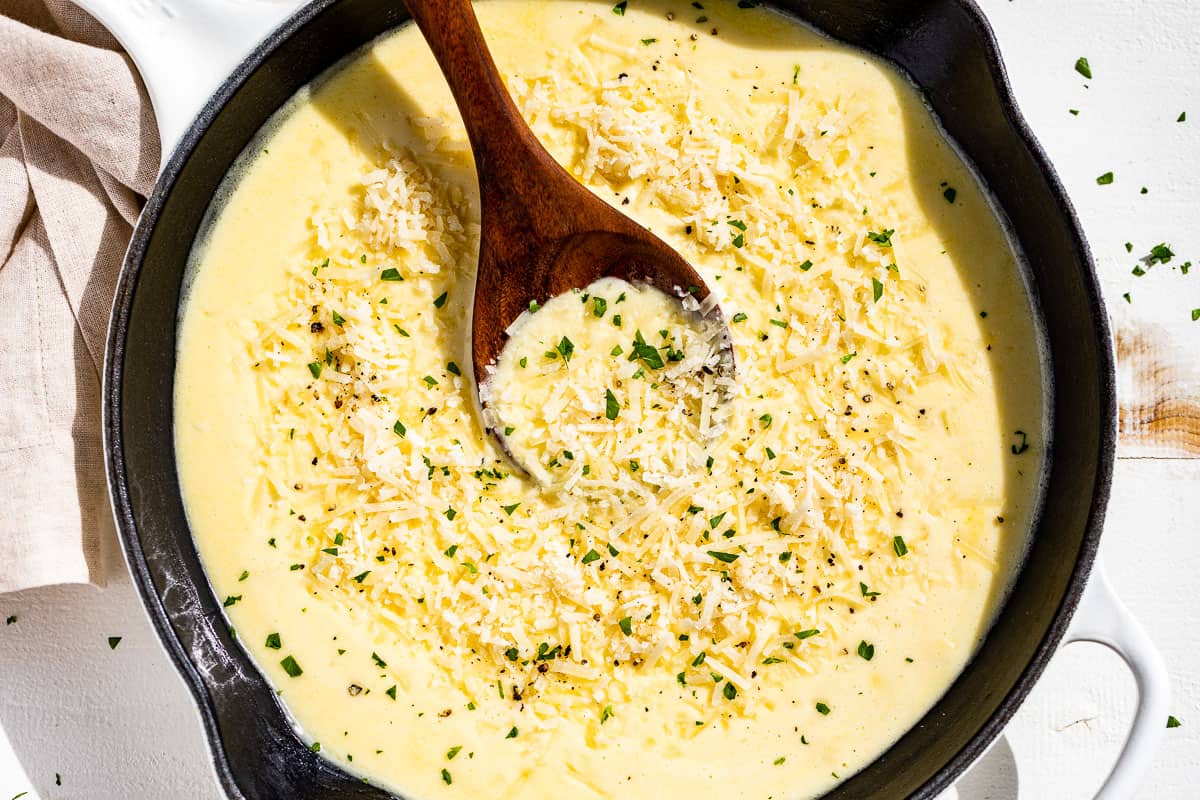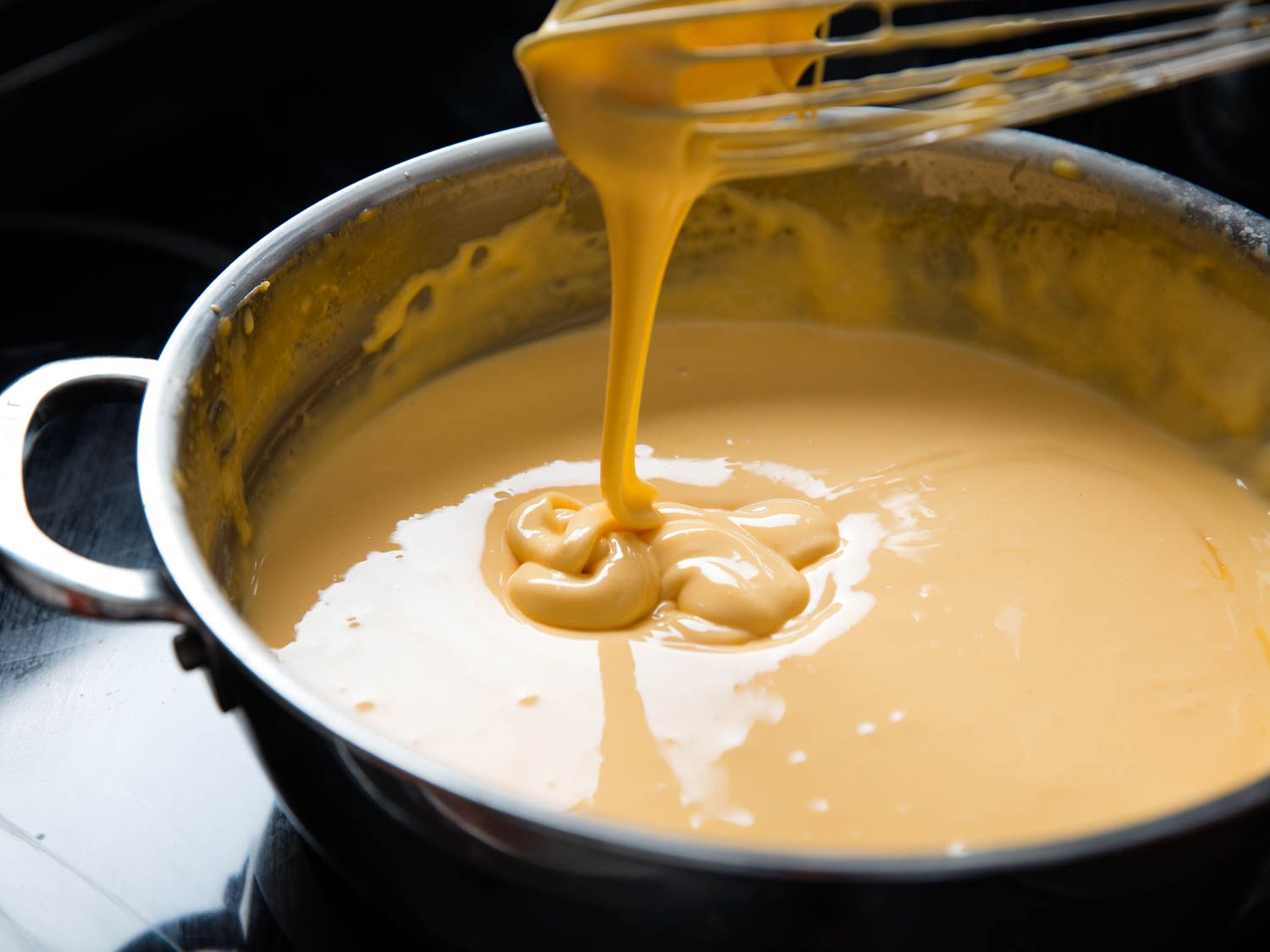What is Jasmine Rice?
Jasmine rice is a long-grain variety of rice that is known for its fragrant aroma and delicate flavor. It is commonly used in Asian cuisine and is a popular choice for dishes such as stir-fries, curries, and rice pilaf.
What is Parboiling?
Parboiling is a cooking technique that involves partially boiling food in water. This process helps to soften the food and prepare it for further cooking methods such as steaming or frying. When it comes to rice, parboiling can help to shorten the cooking time and improve the texture of the grains.
How to Parboil Jasmine Rice
Parboiling jasmine rice is a simple process that can be done in just a few easy steps. Here’s how to do it:
- Rinse the rice: Start by rinsing the jasmine rice under cold water to remove any excess starch. This will help prevent the rice from becoming too sticky during the parboiling process.
- Boil the water: In a large pot, bring a generous amount of water to a boil. You’ll want to use a ratio of about 6 cups of water for every 1 cup of rice.
- Add the rice: Once the water is boiling, carefully add the rinsed jasmine rice to the pot. Stir the rice gently to ensure that it is evenly distributed in the water.
- Parboil the rice: Allow the rice to parboil for about 5-7 minutes. Keep an eye on the rice and test it periodically to ensure that it doesn’t overcook.
- Drain the rice: Once the rice is partially cooked, carefully drain it using a fine-mesh sieve or colander. Be sure to shake off any excess water to prevent the rice from becoming mushy.
- Rinse the rice: After draining the rice, rinse it under cold water to stop the cooking process and remove any remaining starch.
Benefits of Parboiling Jasmine Rice
Parboiling jasmine rice offers several benefits, including:
- Improved texture: Parboiling helps to firm up the rice grains, resulting in a fluffy and separate texture once fully cooked.
- Reduced cooking time: Parboiled rice cooks more quickly than regular rice, making it a convenient option for busy cooks.
- Enhanced flavor: The parboiling process can help to infuse the rice with extra flavor, making it a delicious addition to any meal.
Conclusion
Parboiling jasmine rice is a simple yet effective way to prepare this popular grain for cooking. By following the steps outlined above, you can enjoy perfectly parboiled jasmine rice that is fluffy, flavorful, and ready to be incorporated into your favorite dishes.
Was this page helpful?
Read Next: How To Parboil Corn

